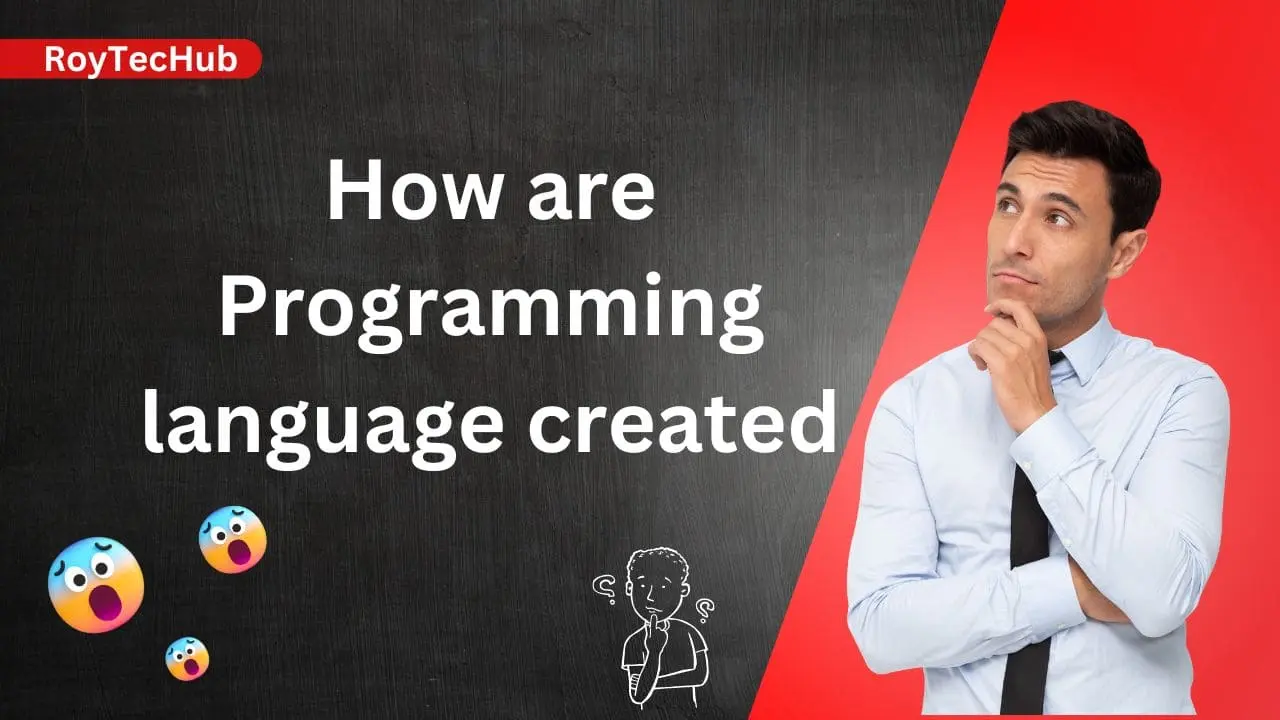There are certainly defined rules of syntax, semantics, and the languages are compiled or interpreted when the final goal is to transform statements written in a language understandable to people into sequences of instructions that can be executed by machines.
Table of Contents
ToggleHere’s an overview of the steps involved in creating a programming language:
Identifying Requirements
They entailed the identification of the objectives of the programming language during the initial phase of the study. It is worth to understand the target audience, intended applications, and specific aspects needed to meet the users’ needs.
For instance a language for scientific computing may require precision and arithmetic efficiency as opposed to a language used in web development which may require easy syntax and compatibility with other tools.
Designing Syntax and Semantics
Syntax can be described as the firing system used in the language to write code; the keywords, punctuation and grammar of the language.
Special focus must be placed to the syntax of the language for it to mean only one thing, especially when it is being compiled or interpreted.
The role of semantics is to describe the validity of code constructs and how they used in application will work. This comprises describing the actions that different aspects of the programming language undertake, for example, variables, functions, calls/branches, and data types.
Sometimes, language designers get their ideas from other languages when defining the new language for the first time or when introducing new concepts/constructs to solve certain problem or enhance the expressivity of a language.
Implementing the Compiler or Interpreter
A compiler translates the source code resulting from the programming language into machine or byte code or an intermediate form and an interpreter runs code without prior compilation.
The implementation of a compiler or interpreter involves several stages, including:-
- Lexical Analysis: Tokenizing or lexing the source code where the source code is divided up into different tokens or lexemes.
- Parsing: Looking at the structure of the code to create a parse tree/ abstract syntax tree (AST).
- Semantic Analysis: Inspecting the semantics of the code and fix symbols and types for being correct.
- Optimization: Recode the code that was written with the aim of optimising the code and/or making it smaller in size.
- Code Generation: Creating the executable code or the intermediate code for the target platform.
Testing and Debugging
Debugging and testing are major processes which help to guarantee the proper functioning of the implementation of the designed language and to obtain correct results.
The test cases are created to respond to different cases and use cases: valid and invalid inputs, limits or boundaries, and ways of handling errors.
Debuggers, profilers, runtime monitors, and similar tools are employed for diagnosing the specification or implementation of the language in order to locate the source of errors or inconsistencies.
Documentation and Tooling
Effective documentation is crucial to provide the users with information about language syntax, semantics and the features designed. This refers to reference books, guides, samples, and documentation of application programming interfaces among others.
Development tools like IDEs, text editors, version control systems, build tools are built to help programmers write code, debug & test it, on the new language.
Evolution and Maintenance
It is, therefore, necessary that there be a community that adopts the said programming language. This entails the creation of forums, discussion list, blogs, websites, newsgroups and other communities where the users can go for assistance, information and for cooperation in other projects.
Due to the complexity of today’s software and the rate at which it is evolving, support system, such as libraries and frameworks are crucial to support the developers.
LCs facilitate the open-source projects and appreciate other people if contributing to their projects and development.
As a result of such factors as dynamic requirements, technological development and users’ feedback, programming languages undergo changes with time.
Language designers constantly evolve the syntax, extend the language with new elements, and enhance its implementation to be faster, safer, or easier to use with updates and new versions.
Activities which are performed constantly involve bugs cures, new security breeches, performance enhancement and compatibility with latest hardware as well as software systems.
Thus following these steps and incorporating the principles of good language design, developmentalist can come up with efficient programming languages that will enable developers to solve real world problem s and innovatively penetrate various domains.
